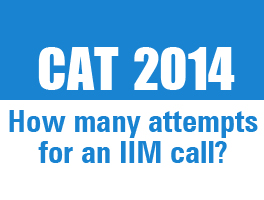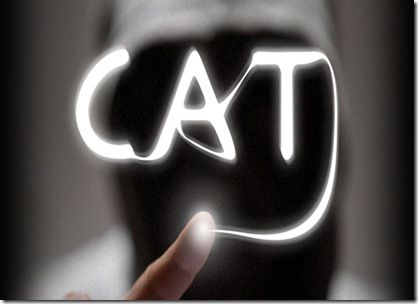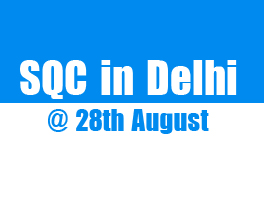CAT which was developed as a management entrance exam for admission into the IIMs has ironically undergone many ‘managerial’ changes:
- > Shifted from paper-pen based to online mode,
- >from 75 to 60 to 100 questions
- >from 3 to 2 to 3 to 2 sections (yes it’s changed 4 times in the last 8 years) and
- >introduction of onscreen calculator and non-MCQ questions.
What has been the impact of these changes? Is there any relationship between the exam pattern and difficulty level or the cut-off percentile? With CAT 2017 notifications made public, what should one expect from this year’s exam?
To understand the impact of changes in CAT pattern, let us analyze the CAT exam over the years.
CAT started in the year 1990 in the pen-paper mode. CAT remained in the pen-paper mode till 2008 and in 2009 the entrance exam shifted to the online mode. Over the 26 years the exam pattern has undergone numerous changes which in turn also affected its level of difficulty and the cut-offs.
If we look at the changes in the CAT exam from 2009 onwards (the year CAT went online) we will see that whenever a change in the CAT pattern takes place, it leads to a drop in the difficulty level, which in turn results in requirement of higher scores to secure high percentiles.
In 2009 and 2010 the exam pattern remained the same with 60 questions spread across 3 sections for a time duration of 2 hours and 15 minutes. While the difficulty level for 2009 was moderate, it was a notch higher for 2010.
In CAT 2011 the paper was reduced to 2 sections, where QA was merged with DI and VA was merged with LR. The DILR section was scrapped and the test duration increased to 2 hours and 20 minutes for 60 questions. Each section was for 70 minutes. The level of difficulty dropped as compared to 2010 resulting in higher cut-offs.
In 2012 and 2013, the CAT pattern did not change and the level of difficulty went up.
CAT 2014 underwent few changes in its pattern. The time duration went up to 170 minutes for 100 questions with no sectional time limits. As expected there was a slight drop in the level of difficulty and on the cut-off percentile.
CAT 2015 again underwent changes in its pattern. There were 100 questions spread across 3 sections: QA, DILR and VARC. The 2015 exam was conducted by IIM -Ahmedabad, which had earlier conducted the 2009 CAT (which also had three sections), therefore the level of difficulty was similar to that as observed in 2009. IIM-A did not shy away from experimenting with the exam and 2015 saw the introduction of on-screen calculator, non-MCQs and differential marking. As the changes in the pattern were not many and non-MCQs were introduced with no negative marking, there was not much drop in the level of difficulty. The raw score required for a 99 percentile was only 180+ which was lower as compared to 2014 scaled down score.
As CAT 2016 did not undergo any changes in its pattern, the level of difficulty went up, percentile went down and a scaled score of 153 was required for a 99 percentile which was much lower as compared to 2015.
Keeping the above-mentioned correlation between the changes in CAT pattern, its level of difficulty and percentile, it would be an educated guess that CAT 2017 might see a rise in its level of difficulty and thus a lower scaled down score for a 99 percentile. An expected score of 145+ might lead to a 99 percentile. This will give the test takers the benefit of solving fewer questions from a wider selection pool of questions.
All the best
Team Cl











this blog is very helpful for us and its very nice to read.
Thanks 🙂
Thank you so much for the valuable information.
Great article and nicely explained about CAT Exam. One thing i will really appreciate will be “CAT 2017 Unplugged”
Great article sir.
Thankyou Ratima.
Dear Sir,
What are the scores required sectional wise and the no. of questions that should be ideally attempted to get a 99+%tile in CAT 2017.
For a 99+%ile in CAT 2017 the ideal attempts for VARC:25+ questions; DILR: 15-16 questions; QA: 20-22 questions with 90% accuracy.